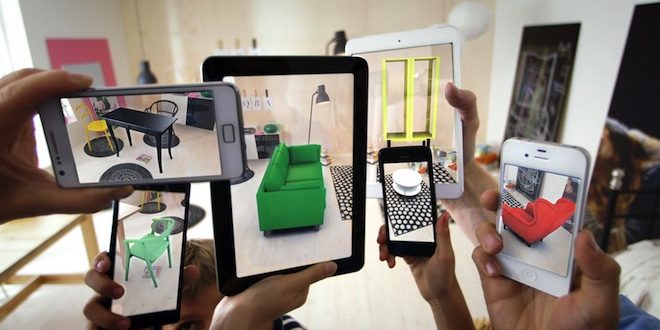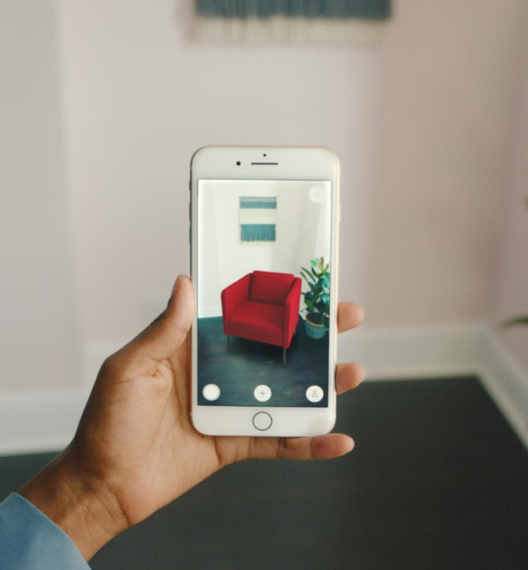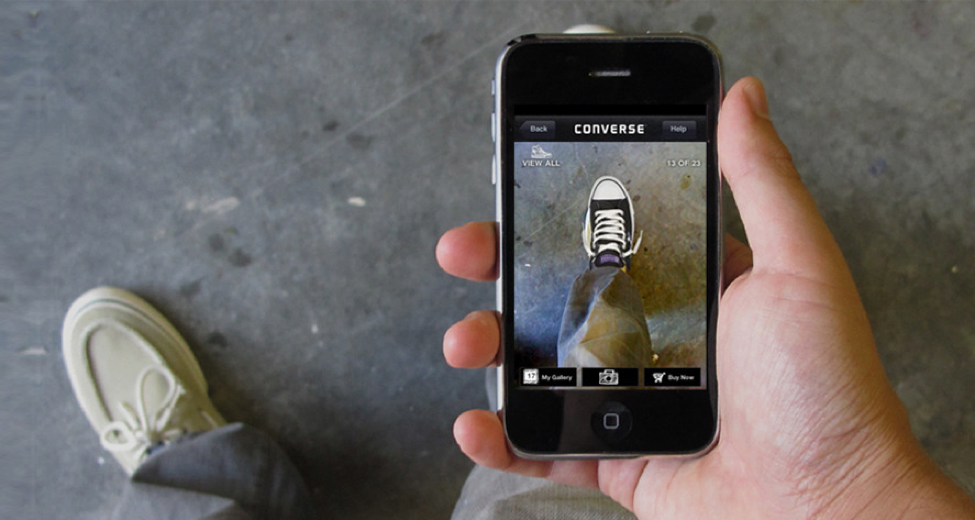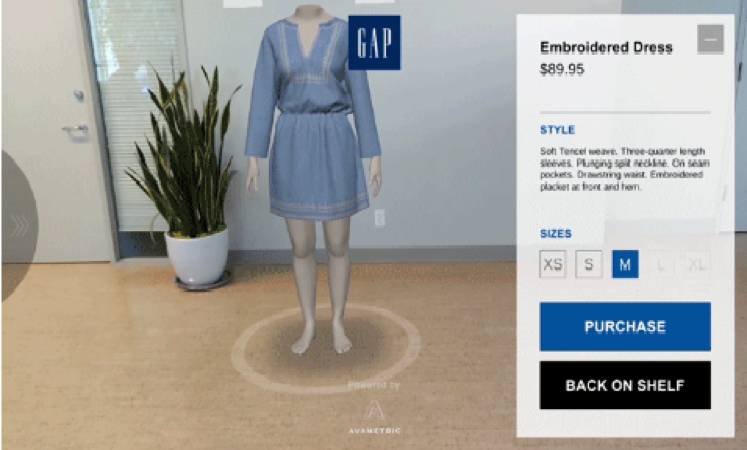
Author: Maggie Bolt
Shopping isn’t simply just going to the mall anymore. Lines between the physical and digital worlds are blurring and shoppers are growing accustomed to the benefits of digital technology. We are living in the age of Amazon, where artificial intelligence, machine learning, and digital innovation are the norm in retail, and customers in other industries such as grocery are starting to expect the same standards. Savvy retailers are winning by leveraging technology to enhance the shopping experience and meet consumers’ evolving desires, and other retailers must be proactive in their strategies to compete.
The Pace of Change has never been this fast, yet it will never be this slow again.
– Justin Trudeau
Retailers who have found success have embraced the blur that is shopping today, where online and physical stores drive each other and are not mutually exclusive. While it may have been an easy assumption to think that all shopping is moving to digital, innovative retail leaders acknowledge the fact that the relationship between consumer, retailer, store and online has evolved to be more fluid, with the line between in-store and online is almost non-existent. Consumer preferences may include looking in-store and buying online, looking online and buying in store, or anything in between. Embracing the new while continuing to stay committed to their customer base, brand vision and message has allowed some of the following retailers to thrive in this environment.
 |
|
|  |
 |
|
Chat bots, 1:1 dynamic content emailing, and more accurate customer segmentation are all made possible through AI and ML. The use of mobile apps and smart homes bring the brands within reach of the customer, and mobile kiosks bring the customer closer to the store. By better understanding the customer journey, they have shifted from being everywhere to everyone and, instead, are focusing on singling out the most critical friction points regardless of how the customer decides to shop. These innovations allow retailers to meet the demands of consumers in the new age where customization, speed and convenience are highly valued, and continue to be competitive in the ever-changing landscape of retail.
As demonstrated by these retailers, gaining a more well-rounded view of the customer, integrating digital into physical stores and adopting customer-centric strategies will enable businesses/retailers to capture the benefits of new technologies such as Artificial Intelligence (AI), machine learning (ML) and Augmented Reality (AR) and provide their consumers a seamless shopping experience in-store, online and everywhere in between.
However, technology will never be a substitute for the basic elements of a great shopping experience, including innovative store design, ample selection, fair price, executional excellence and exceptional service and convenience. These are key drivers of store choice for consumers, and retailers need to show shoppers how they are delivering these values in every interaction, no matter where it occurs.
While many have tried, It is not about trying to out-do Amazon, but it is rather about leaning into a once brick & mortar-only retailer landscape and developing new capabilities accessible by new technologies. When retailers can embrace the new change and adapt their business plans to the evolving world, that is when they can make a difference in the moments that matter. As it turns out, in most circumstances, when done right, physical retail isn’t dead after all, it just got a face-lift.
TPG’s experienced team tackles ongoing retail consulting projects with various big-name retailers and grocers in North America. Let us help your organization transform your processes to embrace the blur of the shopping experience.
